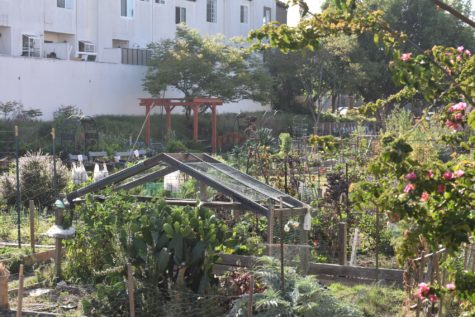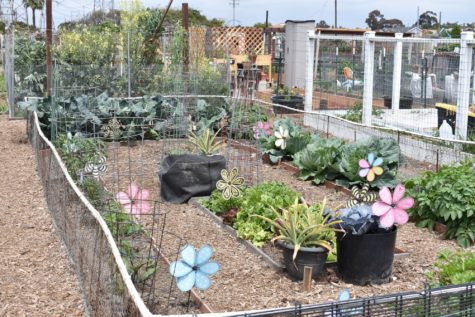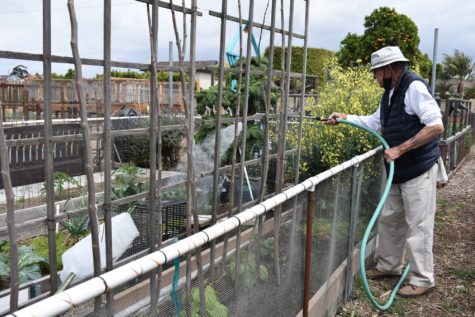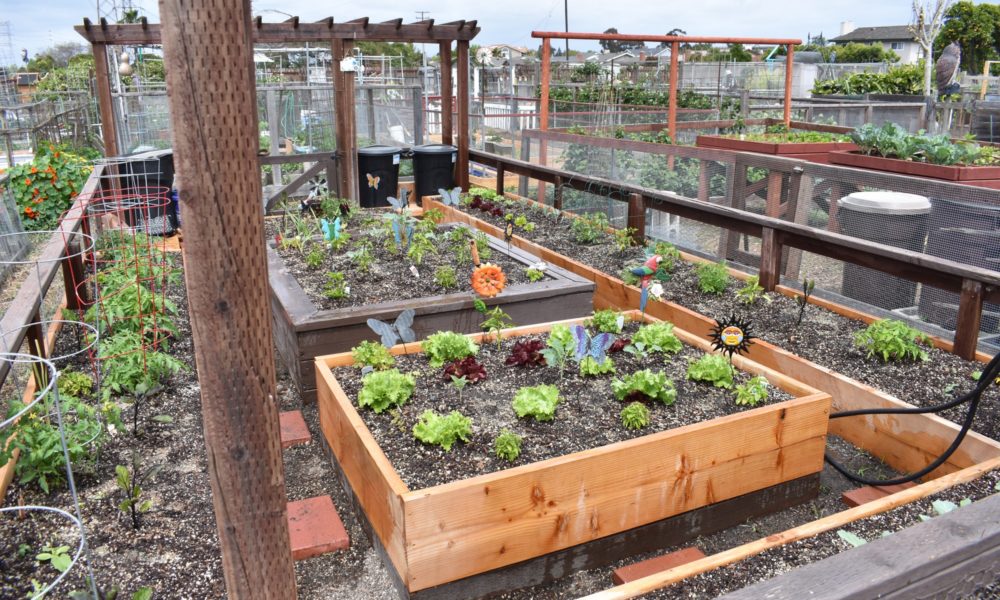The concept of community gardens began as an agricultural revolution in the 1990s. Cuba’s economy was struggling to stay afloat and a major food crisis within its country ensued. In an attempt to increase agricultural production, the country created urban farms named “organoponicos,” or organic gardens.
These gardens provided members of neighboring communities with a large amount of organic produce that they could grow, use for themselves and even sell at a more affordable price, creating both a source of food and income.
Cuba now has more than 7,000 organoponicos, and 8% of the land in Havana is used to supply its citizens with over 90% of its fruit and vegetables.
The success of these urban farms inspired neighboring countries and citizens who are looking for a much more efficient and environmentally friendly way of producing and consuming agricultural products.
The Long Beach community has followed in their footsteps, as it begins to cultivate and promote a healthier and more eco-friendly lifestyle. In creating small community gardens throughout its neighborhoods, all of which are a part of a greater initiative, the city is helping to provide its members with access to healthy food.
Founded in 1994, the Long Beach Organic is a nonprofit organization whose main purpose is to locate and turn vacant lots into beautiful gardens for communities to produce their own food. Since its founding, the organization has created eight separate gardens with over 200 garden plots for residents to use.
Zaferia Junction Community Garden: 3709 E 10th St., Long Beach, CA 90804

Of these gardens, one of the most popular and largest is the Zaferia Junction Community Garden, located on 3709 E 10th St., which has provided its residents with over 90 gardening plots to plant and grow fruits and vegetables of their choice.
Located about two miles from Long Beach State, Zaferia Junction is highly regarded among the gardening community of Long Beach, and an opening for a plot of land here is hard to come by as more and more people add their name to the waitlist.
The Growing Experience Urban Farm Stand: 750 E Via Carmelitos, Long Beach, CA 90805
Like community gardens, urban farms are rising in popularity in urban areas where gardening is a much more difficult task to engage in due to living circumstances. The Growing Experience Urban Farm Stand is a community-supported agriculture program that focuses on providing the community with “educational opportunities around the topics of urban agriculture, sustainability and nutrition.”
Although this Urban Farm Stand has suspended its programs during the COVID-19 pandemic, its website remains a useful tool for aspiring gardeners and environmental leaders who wish to learn more about the many ways they can pursue a more sustainable lifestyle.
Edison Park Community Garden: 99 College Park Dr., Seal Beach, CA 90740

Edison Park is located about two miles from CSULB’s campus near the border of Seal Beach and Long Beach.
The park is home to a community garden with a close-knit group of gardeners who, on most afternoons, gather to exchange seeds, advice and conversation.
A constant struggle for community members who wish to take on gardening is their location. While some are fortunate enough to have houses with smaller plots of land available in their front or back yards, others who live in apartments or smaller areas constantly struggle to find available gardening space.
“We live in an apartment, so we don’t have a yard,” said Aaron Enstad, local community gardener and Seal Beach resident. “We don’t have a garden, so this is really a blessing for people like us that enjoy gardening but don’t have a place to do it.”
Enstad and his wife have only recently begun their gardening journey at Edison, having only been selected from the waitlist in January. For $75, the couple is able to plant tomatoes, chili peppers, lettuce, eggplants, herbs and other produce within their designated gardening plot.
According to Enstad, there is a lot of time and effort that is spent in creating a successful gardening plot.
“We come often, probably almost every day, at least five days a week,” Enstad said. “Just to check what’s going on. Is there any critters that have been eating the salad, check the water level in the soil and talk to friends.”
For Enstad, gardening is more of a hobby than it is a source of income. The couple uses their produce to make homemade salsa and dips to share with friends and family.
Among them is 81-year-old Phil, local community member and gardener.

Phil, who grew up on a farm, has spent nearly two years helping members of his fellow gardening community in rebuilding and constructing their plots of land. His expertise comes from lived experiences.
“Whenever you have any doubts, curiosity is a big thing,” he said. “You can go and Google, ‘how to grow.’ That’s how you learn a lot.”
When he is not consuming his own produce, Phil tends to share his products with his neighbors in the nearby Leisure World retirement home.
“There’s a lot of seniors in there that really appreciate what you give them,” he said. “The garden is fresh produce. It’s pretty much organic.”
There are several ways in which members of nearby communities can attempt to begin their gardening journey. While finding an available spot of land within these community gardens may seem difficult or nearly impossible, anyone interested can start small, in or around their home.
Where there is land, there is a way.





Hi
I’d like to bring attention to another community garden concept we are building on. We have a community garden in our front yard. Our goal is to encourage more homeowners to use their yard to grow food and not grass. Our neighbors all easily acces our greens and fresh produce and we offer classes to teach about growing your own food.